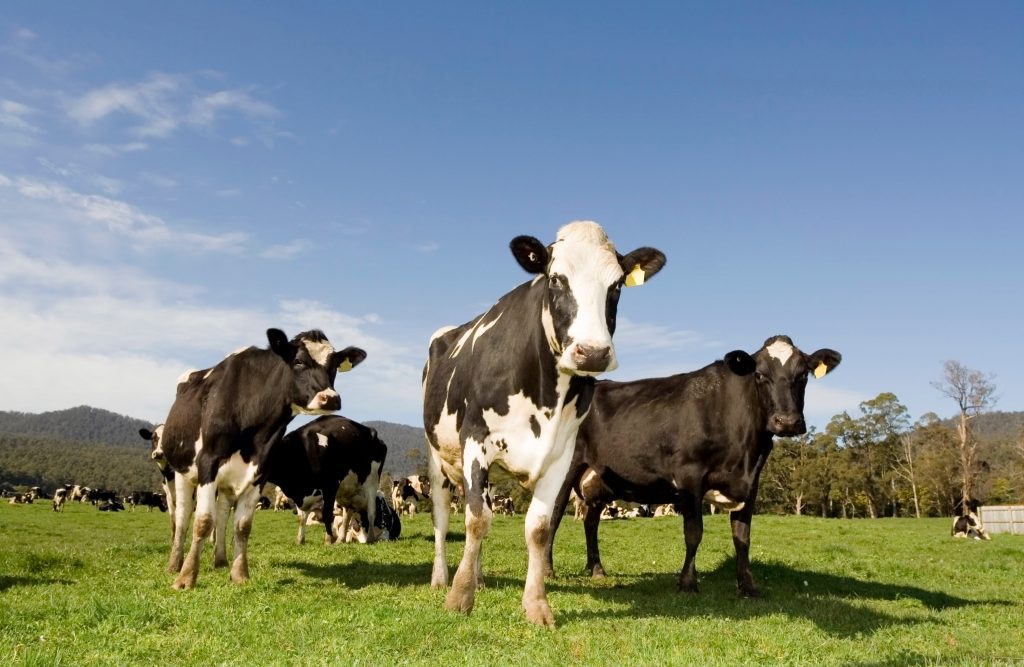Thanks to our dairy cows and farmers, Australians enjoy some of the freshest and most nutritious milk in the world.
But, with so many different types of milk on the market, it can be difficult to choose which one is right for you. Here, Dairy Australia, breaks down all you need to know to make an informed buying decision.
1. Fresh Milk
Fresh milk, is the most popular form of milk for Australian households, typically sold in 1 and 2 litres cartons. Fresh milk comes in several forms including full-fat (about 3.8% milk fat on average), low-fat (less than 1.5% milk fat), skim (no more than 0.15% milk fat), modified (fortified with extra protein, vitamins or other nutrients), flavoured milk and buttermilk. Typically, once opened fresh milk lasts for up to 4-7 days.

2. Concentrated Milk
Concentrated milk is made by removing moisture from milk. Condensed milk is one form of concentrated milk, made by increasing milk solids to 28%, canning and then sterilising it. Sweetener is sometimes added.
Milk powders are another form of concentrated milk. These are made through a similar process with a milk concentrate made up of about 40% milk solids, which is then dried to reduce moisture to just 3%.
The big benefit of milk powders can last for up to 10 years!

3. Long-life Milk
This milk is superheated so that all microorganisms and heat-resistant enzymes are deactivated. For example, regular fresh milk is heated to 74°C for 15 seconds, while long-life milk (otherwise known as Ultra-Heat Treatment or UHT) is heated to 140°C for two seconds.
If unopened, long-life milk can last up to seven months and up to seven days once opened.

4. Raw Milk
Raw milk refers to any type of milk that hasn’t been treated through a process like pasteurisation (heated to kill bacteria), in other words straight from the cow!
Raw milk should be consumed within seven days.

5. A1/A2 Milk
There are many different types of milk proteins. One particular protein, beta casein, comes in two forms: A1 and A2.
About 60% of beta casein comes in A2, but how much is in each milk depends on different breeds of dairy cows.
A1 and A2 proteins in milk are both safe to consume. Some studies have been published which evaluate the benefits of milks which only contain A2 protein, but so far there is no convincing evidence that these milks are a healthier option than regular milk which contains both A1 and A2 protein.
Whether milk contains predominantly A2 protein or a mixture of A1 and A2, they are both safe to drink and contain the same essential nutrients.

Did you know?
Our dairy farmers are leaders in innovative and sustainability efforts, producing millions of litres of fresh milk for Australians to enjoy.
Apart from tasting good and being the perfect companion for things like breakfast cereals and freshly baked cookies, milk is rich in calcium and contains more than 10 essential nutrients for a healthy and balanced diet.
Milk consumption is also associated with maintaining a healthy weight, and can play an important role in preparation and recovery from sport and exercise.
According to the Australian Dietary Guidelines, the nutrients and beneficial components of milk help reduce the risk of heart disease, stroke, hypertension, type 2 diabetes, metabolic syndrome and colorectal cancer.
Find out more about your favourite dairy products, including great recipes from Dairy Australia.






































Add comment